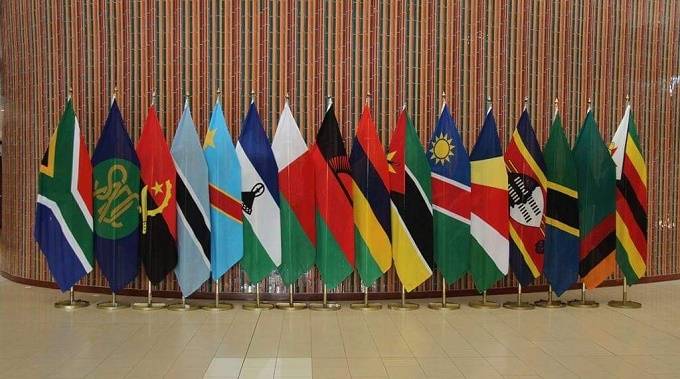
The regional food security situation during the 2020/21 marketing year is expected to be worse than the previous season.
This is due to unstable conditions experienced across the Region on a number of factors including a generally food insecure previous season, late onset of the rains, early cessation of rains, prolonged dry spells, heavy rains which caused flooding as well as pest outbreaks, social and macroeconomic challenges.
Since the El Nino induced drought of the 2015/2016 cropping season, drought has persisted in the region eroding coping mechanisms and resilience of the population thereby deepening food insecurity.
The projected food insecure population for the 2019/20 season, a record 43 million, is about 61 percent higher than the previous season and 42 percent above the past 5-year average according to the 2019 Regional Vulnerability Assessment and Analysis Synthesis Report.
The impact of the reduced crop production on household food security will be more severe in those areas which were already experiencing high numbers of food insecure populations the previous seasons.
The Region, just like the rest of the world has been hit by the novel coronavirus disease (Covid-19), which further exacerbates food insecurity in the region that was already alarmingly high. The pandemic will erode community coping capacities and deepen food and nutrition insecurity of vulnerable households and individuals.
Furthermore, it is likely that the number of vulnerable people will increase and include those who typically are able to cope as they may find themselves struggling to meet their needs. The immediate impact of Covid-19 will largely be realised on the urban poor as they depend on informal employment, businesses and markets that have been disrupted by the movement restrictions and lockdowns put in place to control the virus.
Despite the region having enough exportable cereal stocks (mainly South Africa), national lockdowns instituted to control the spread of coronavirus are likely to reduce access to food by the majority of the poor and vulnerable.
In this regard, to mitigate the impact of Covid-19, Sadc has put in place guidelines on harmonisation and facilitation of cross border transport operations to ensure that the food supply chain is not disrupted.
Member States have also put in place various response measures including protection of basic consumption needs of vulnerable populations, ramping up social protection targeted at the marginalised population as well as safeguards for continued agricultural production (input supply chains) and other macroeconomic measures to protect against possible collapse of economies.
The potential increase in prices for some staple foods and reduced household income during the lockdown period will also likely have negative impact on the nutrition situation in the region especially for the most vulnerable populations of young children and pregnant and lactating women. As more restrictions are placed across the Member States, diverse varieties of food are becoming unavailable, inaccessible and unaffordable to the most vulnerable households.
Households are likely to adopt negative feeding practices including reducing frequency, quantity and quality of foods to adapt to the lockdown measures. With this background, it is expected that acute malnutrition across the region may increase by up to 25 percent over the remainder of 2020.
With these considerations, there are expected to be approximately 8,4 million children who will suffer from acute malnutrition across the region in 2020, and of these approximately 2,3 million children will require life-saving treatment for severe acute malnutrition. Over two-thirds of these children (71 percent) are found in just six countries in the region — Angola, DRC, Mozambique, South Africa, Tanzania and Zambia.
In addition, the Sadc region has more than 18,7 million stunted children. While there has not been in-depth analysis on the impact on the nutrition status, a recent study by Johns Hopkins University reported that if health interventions are disrupted by half over six months, there could be a 44,7 percent increase in under-five child deaths and 39 percent increase in maternal deaths.
The increase in child and maternal deaths will be most devastating if routine health care is disrupted owing to unavoidable shocks, health system collapse, or containment measures to control the pandemic. The greatest number of additional child deaths will be due to an increase in wasting among children.
To minimise the impact of Covid-19 on food and nutrition security, the following measures are recommended:
Scale up national and public social protection programmes with the transfer value set to cover the minimum expenditure basket, especially for the urban areas, which are likely to bear the brunt of the Covid-19;
Strengthen mechanisms that mitigate the impact of Covid-19 from disrupting the regional and national food supply chains;
Strengthen mechanisms to minimise disruption to farming operations, enable accessing of production inputs, critical emergency veterinary drugs as well as produce markets by farming households.
Ensure that humanitarian programming and delivery is prioritised and scaled up to increase coverage of the households that are likely also to be affected by the Covid-19 measures.
Member States to adapt and sustain life-saving nutrition actions specifically Infant Young Child Feeding in emergency and treatment for acutely malnourished children — this includes nutrition supplies and programme delivery. — Sadc Food Security Quarterly Update
